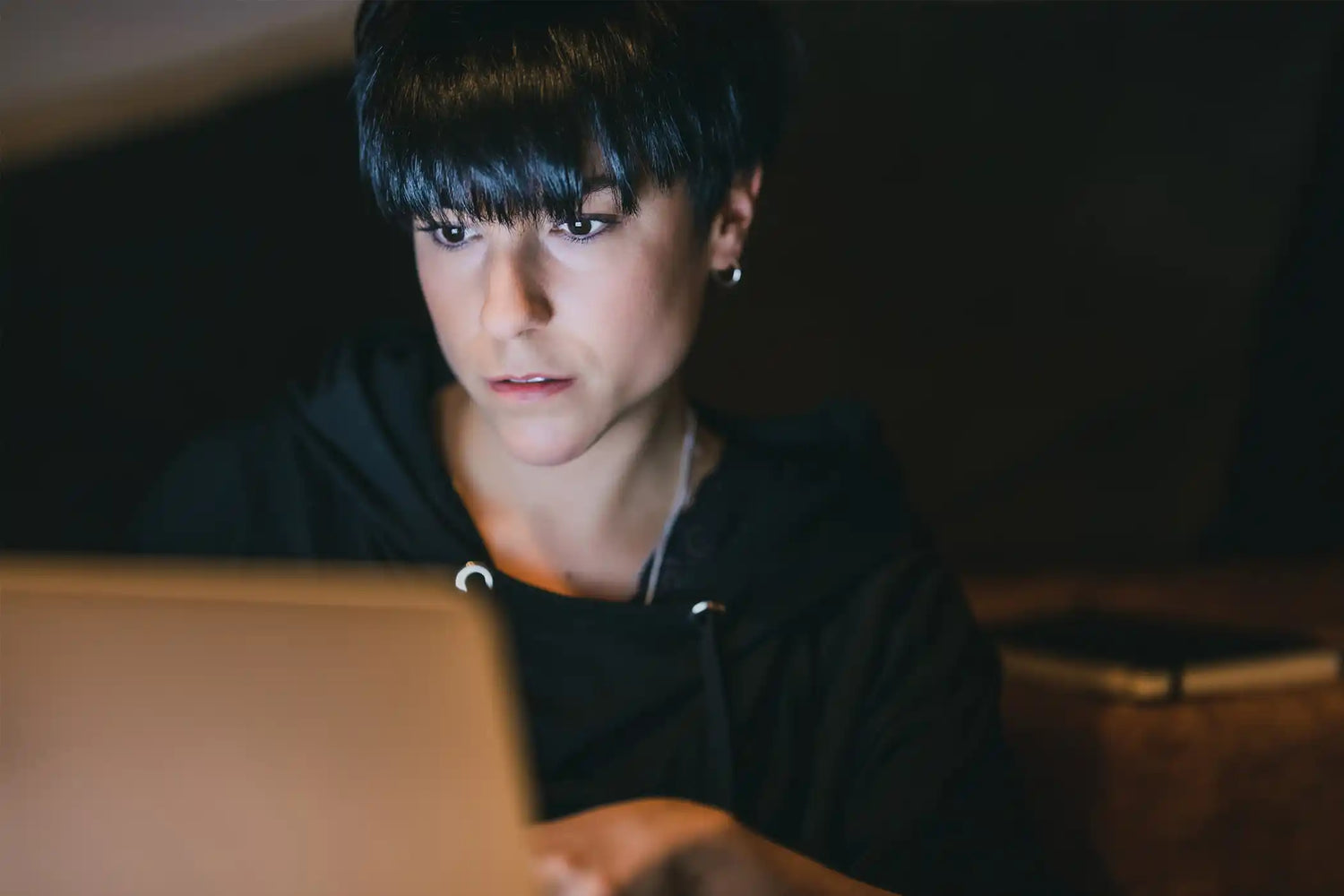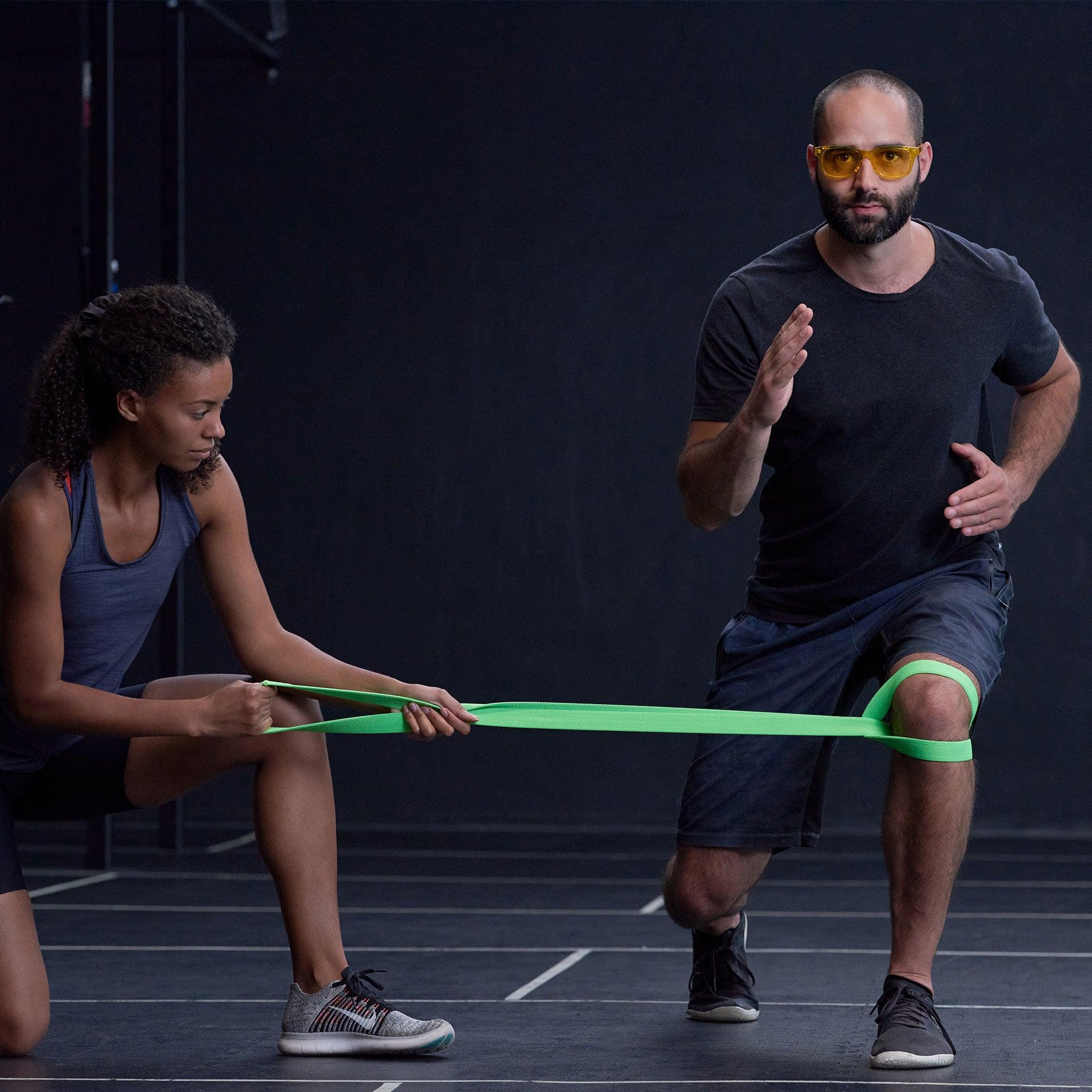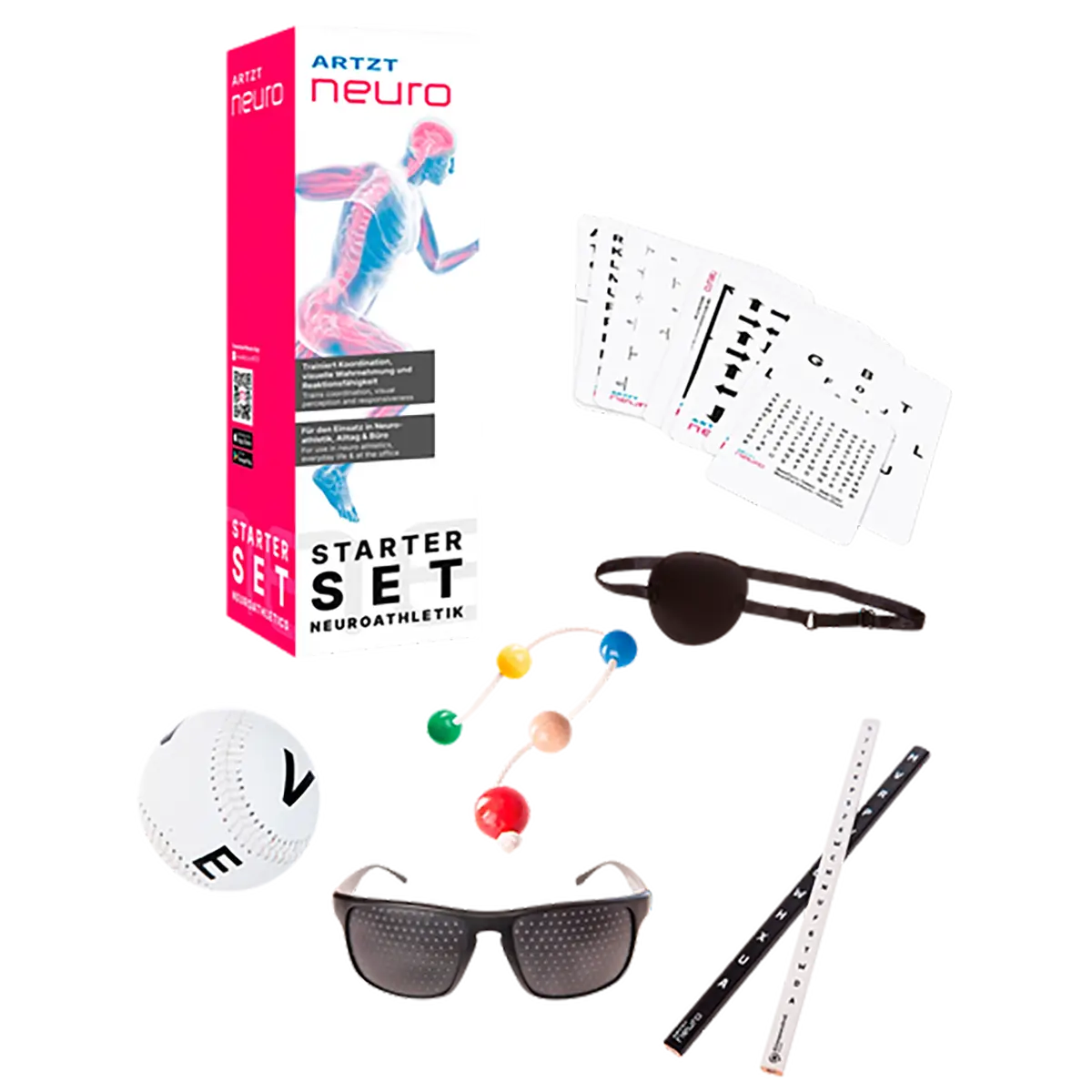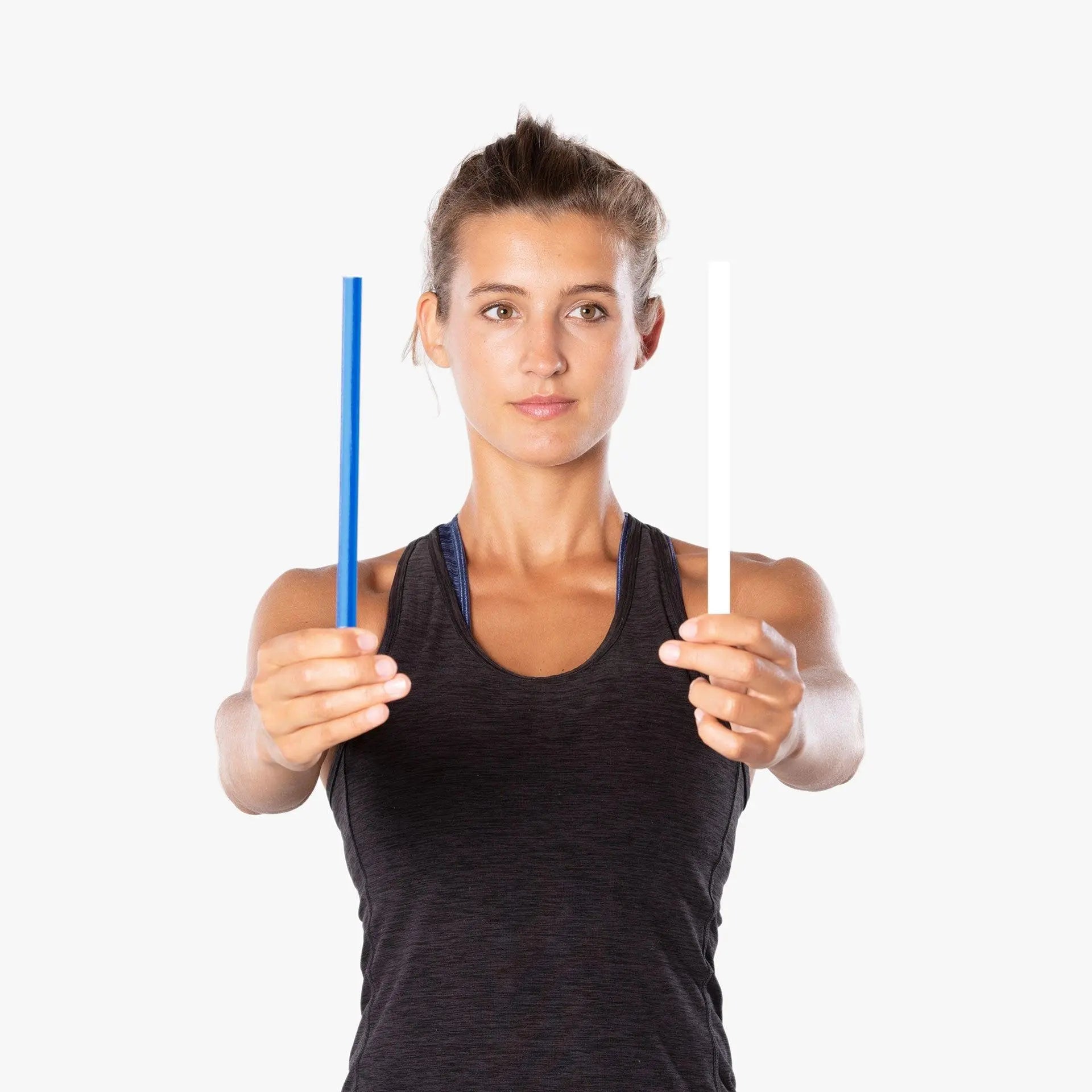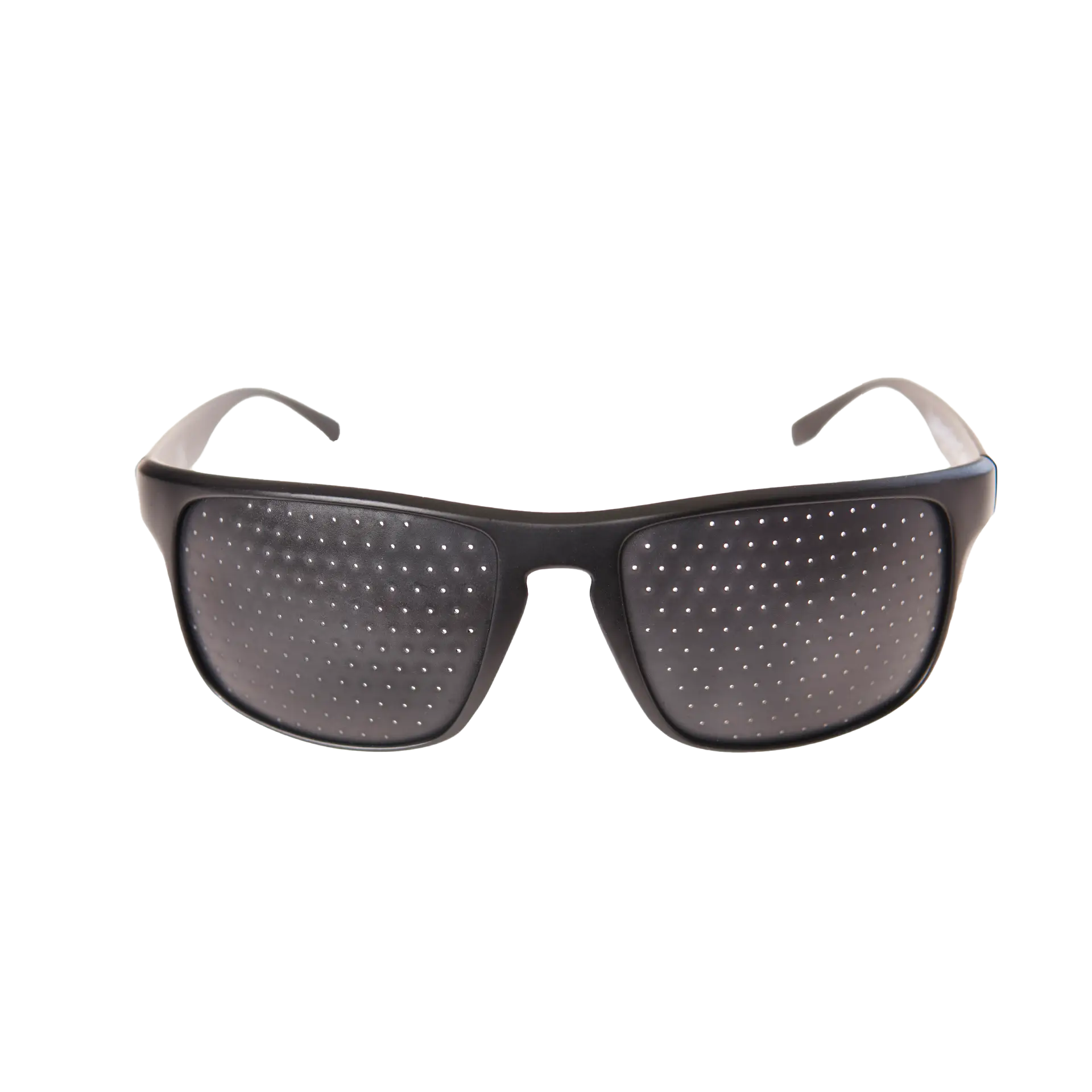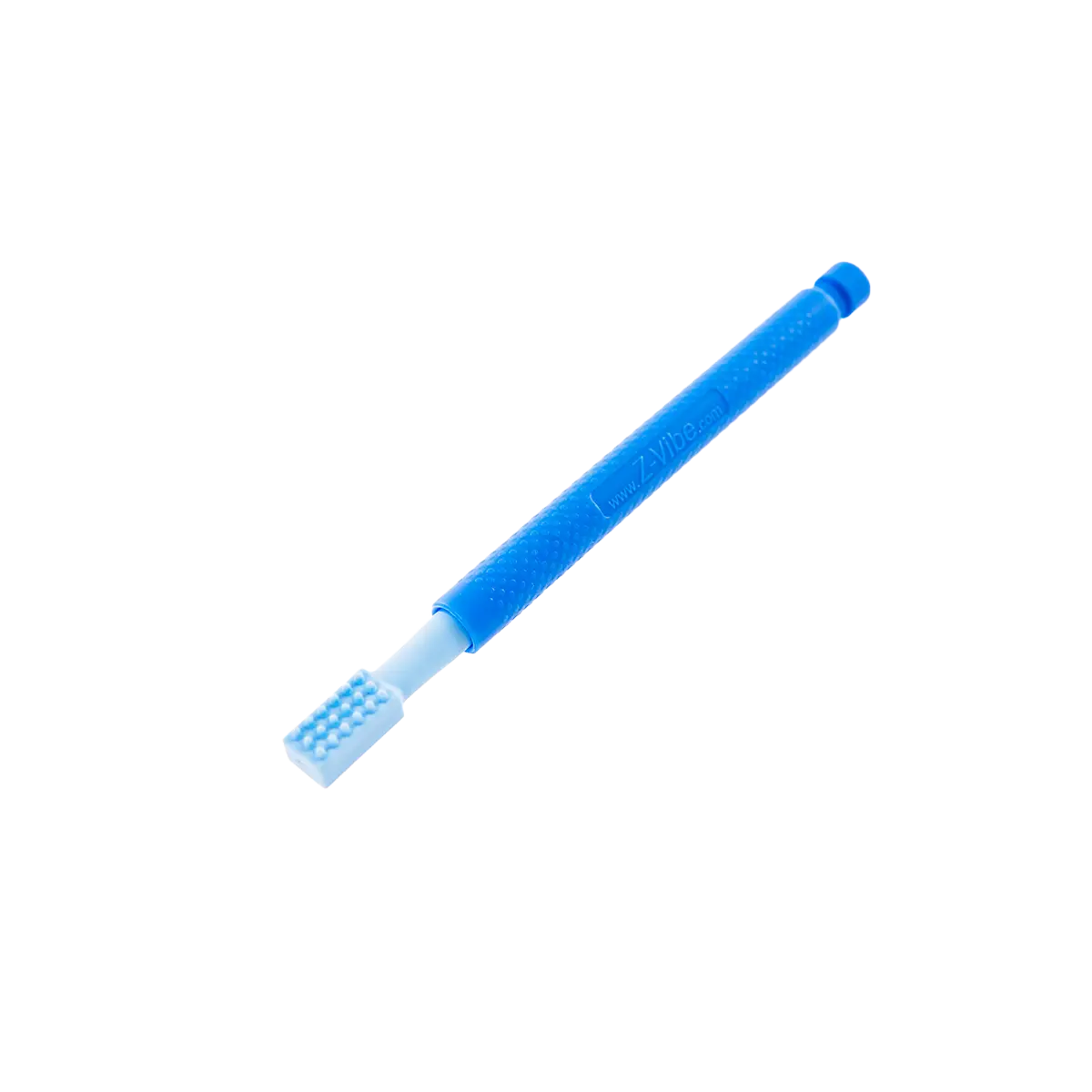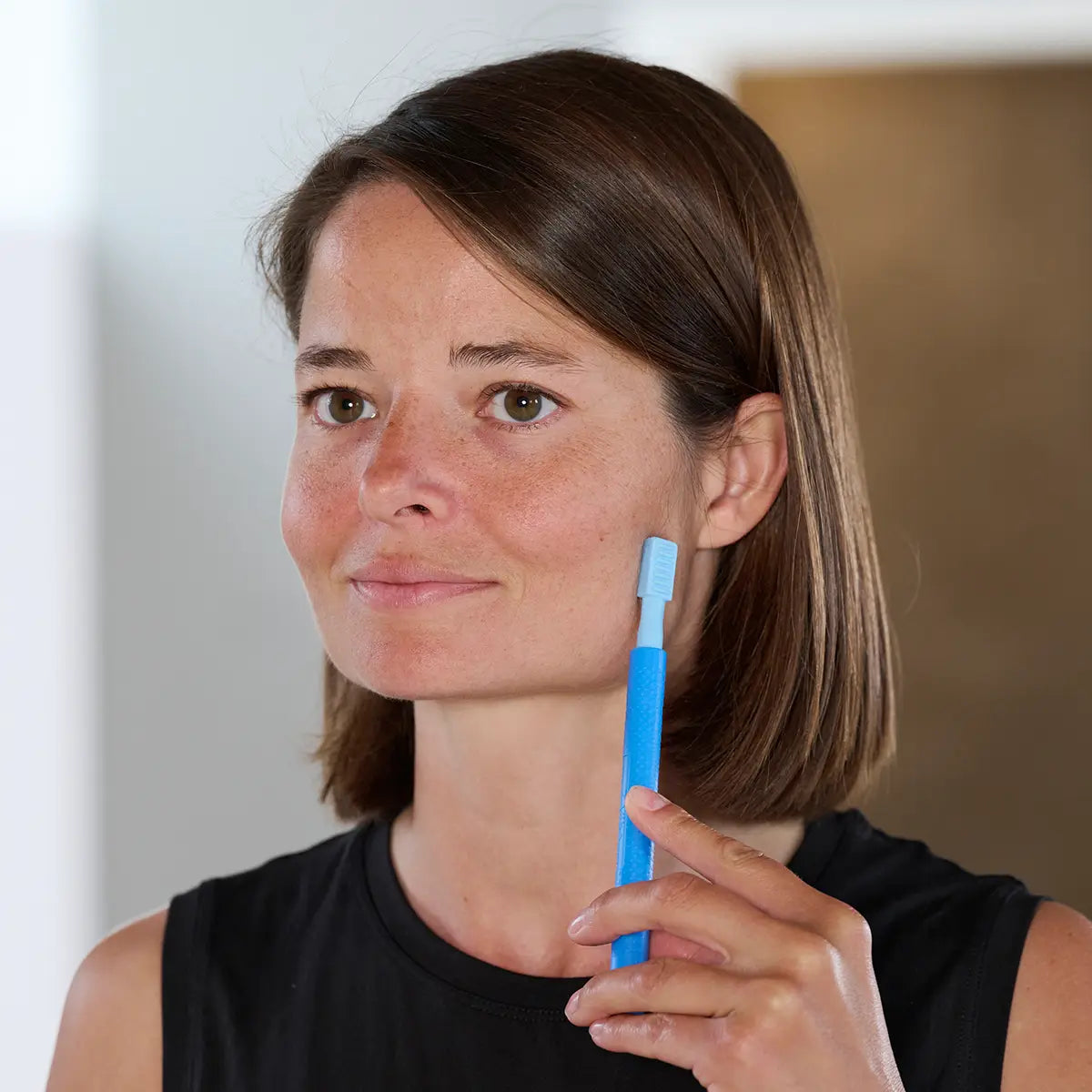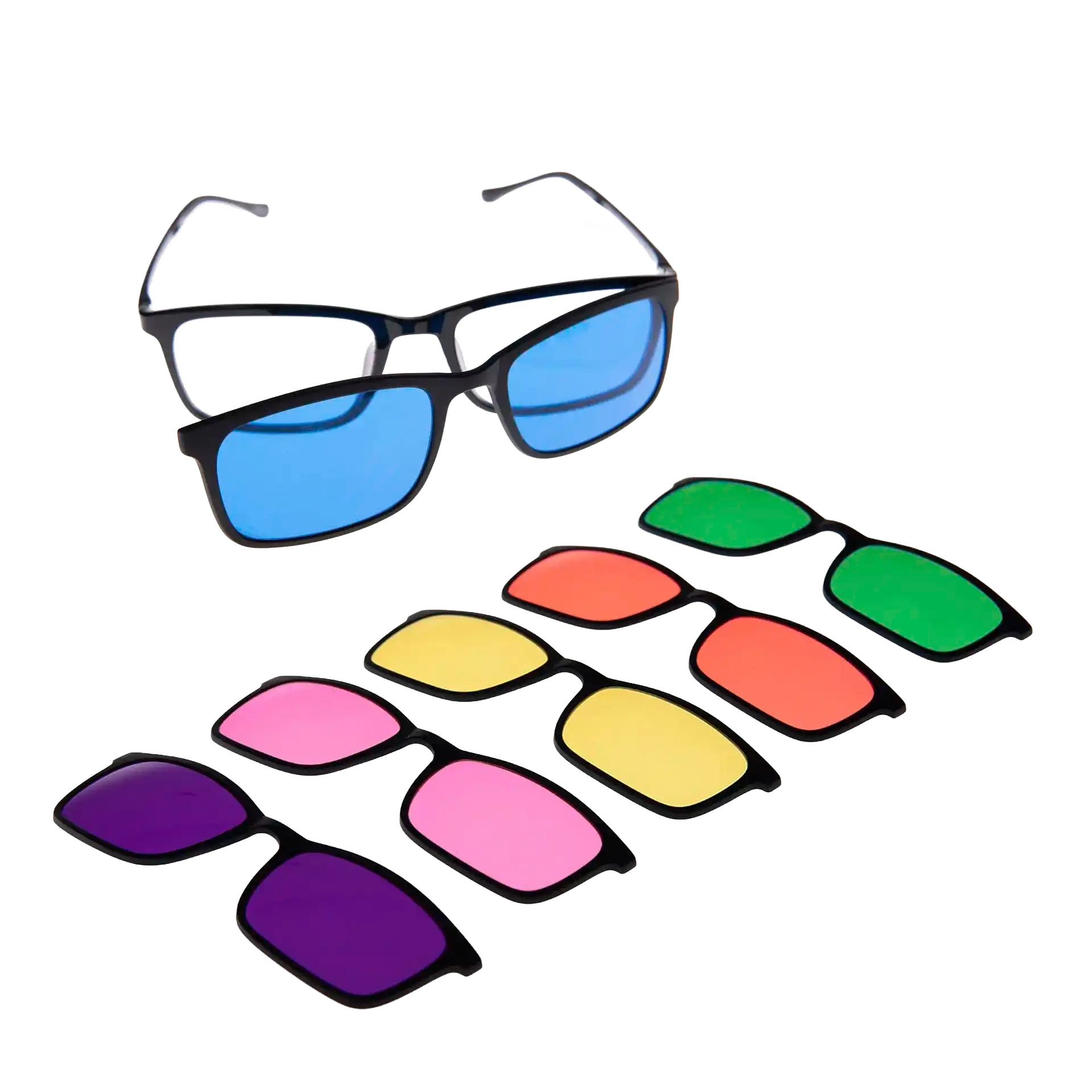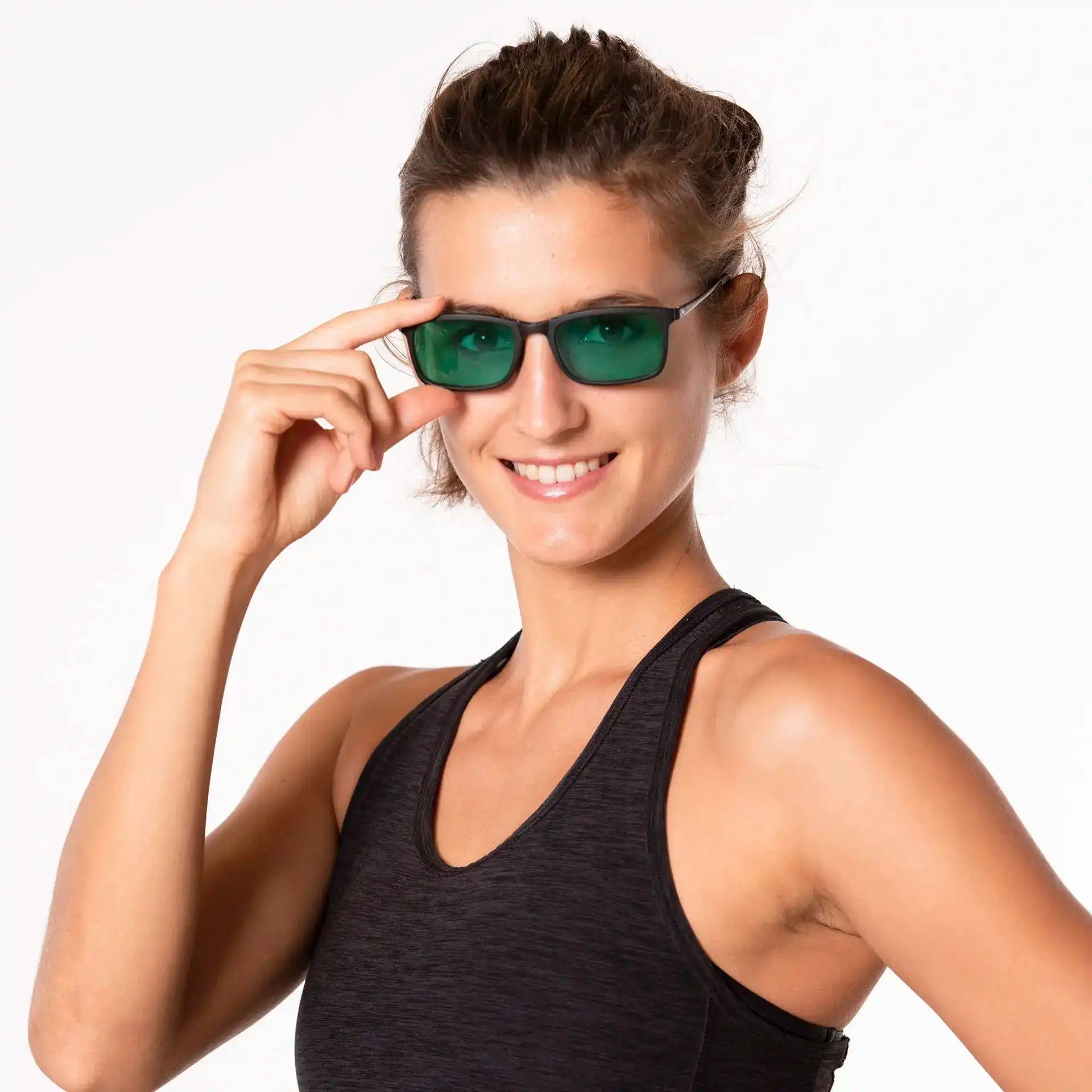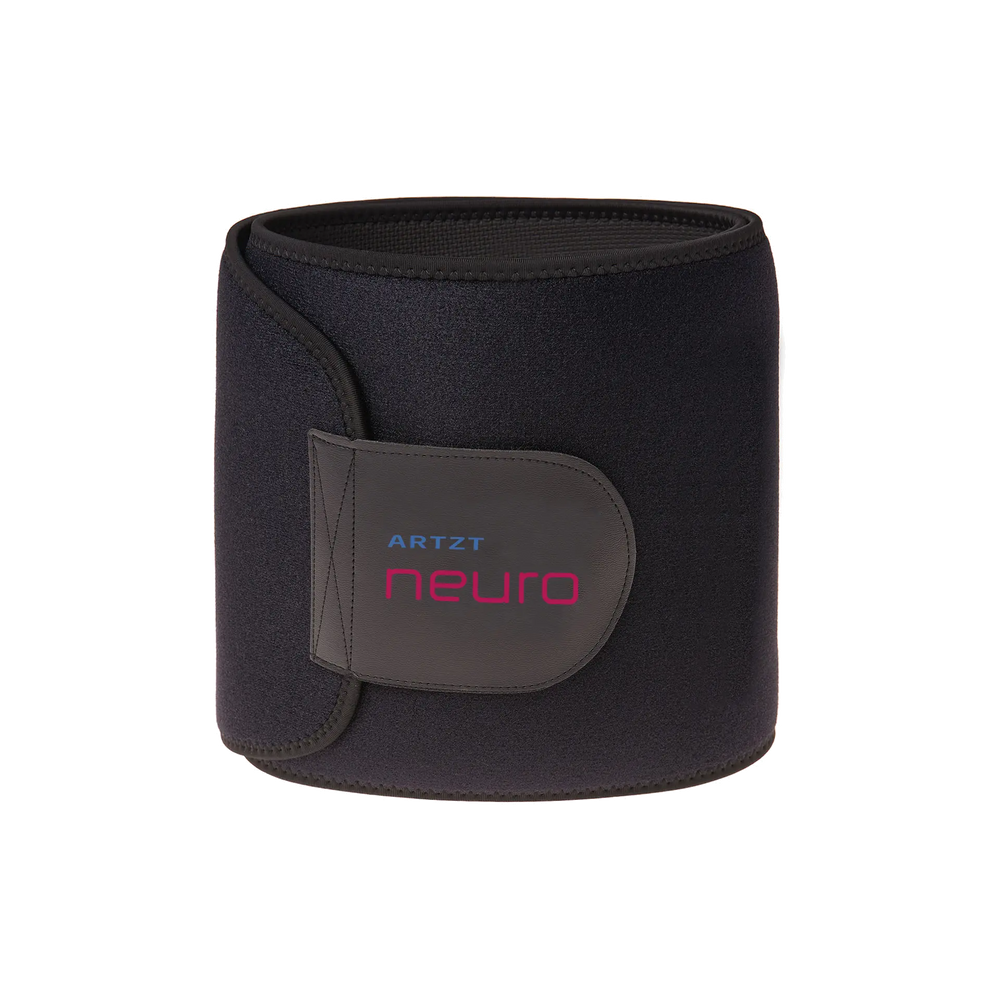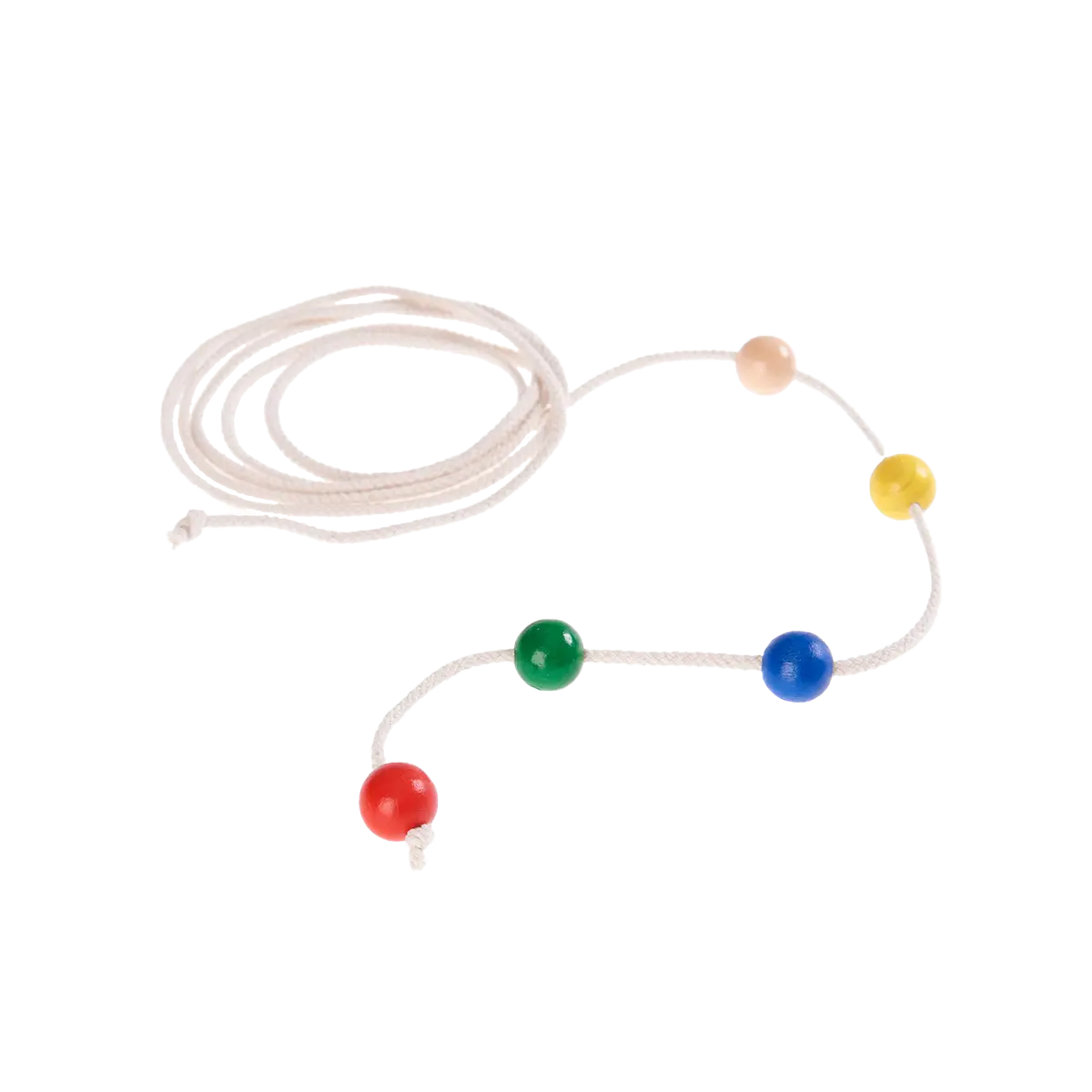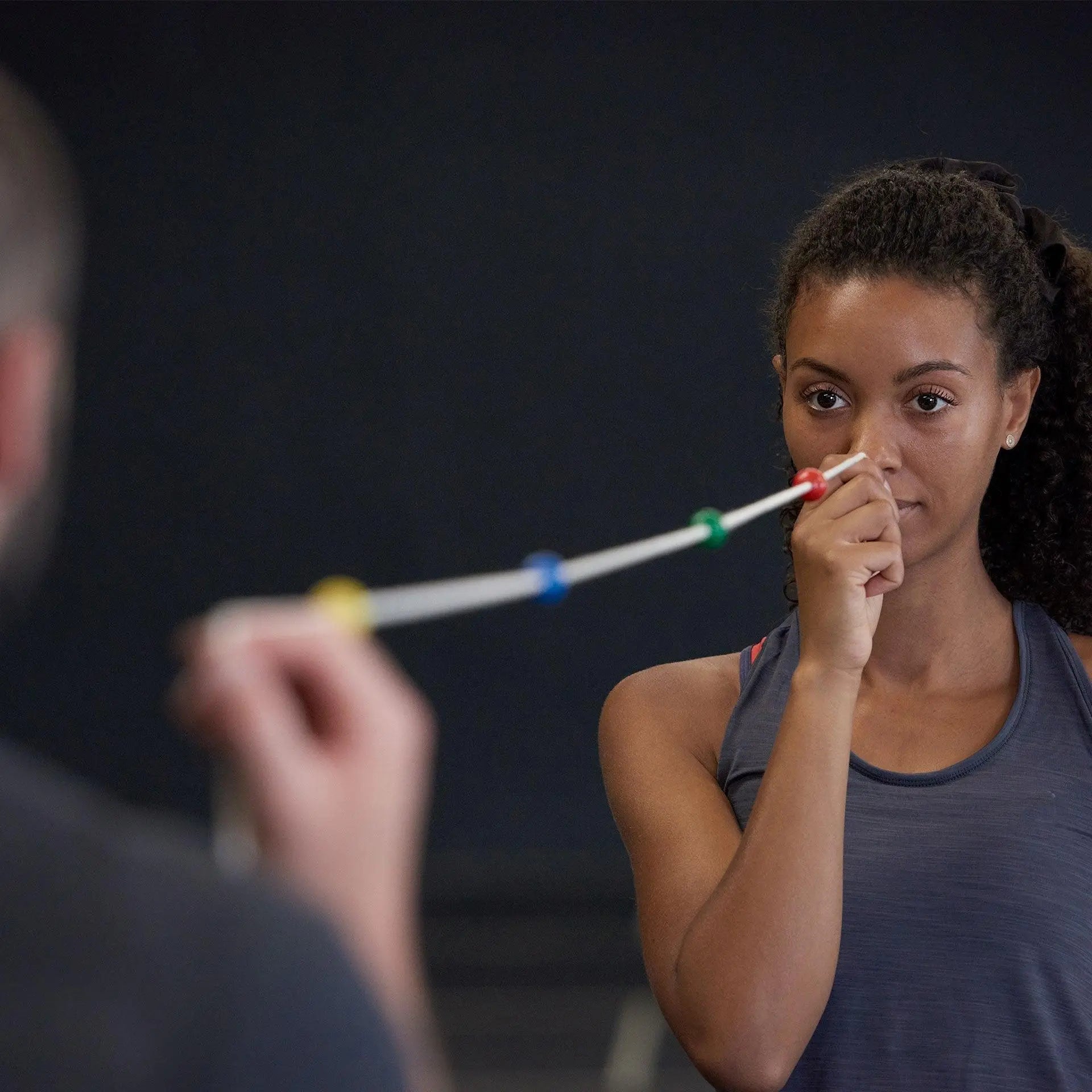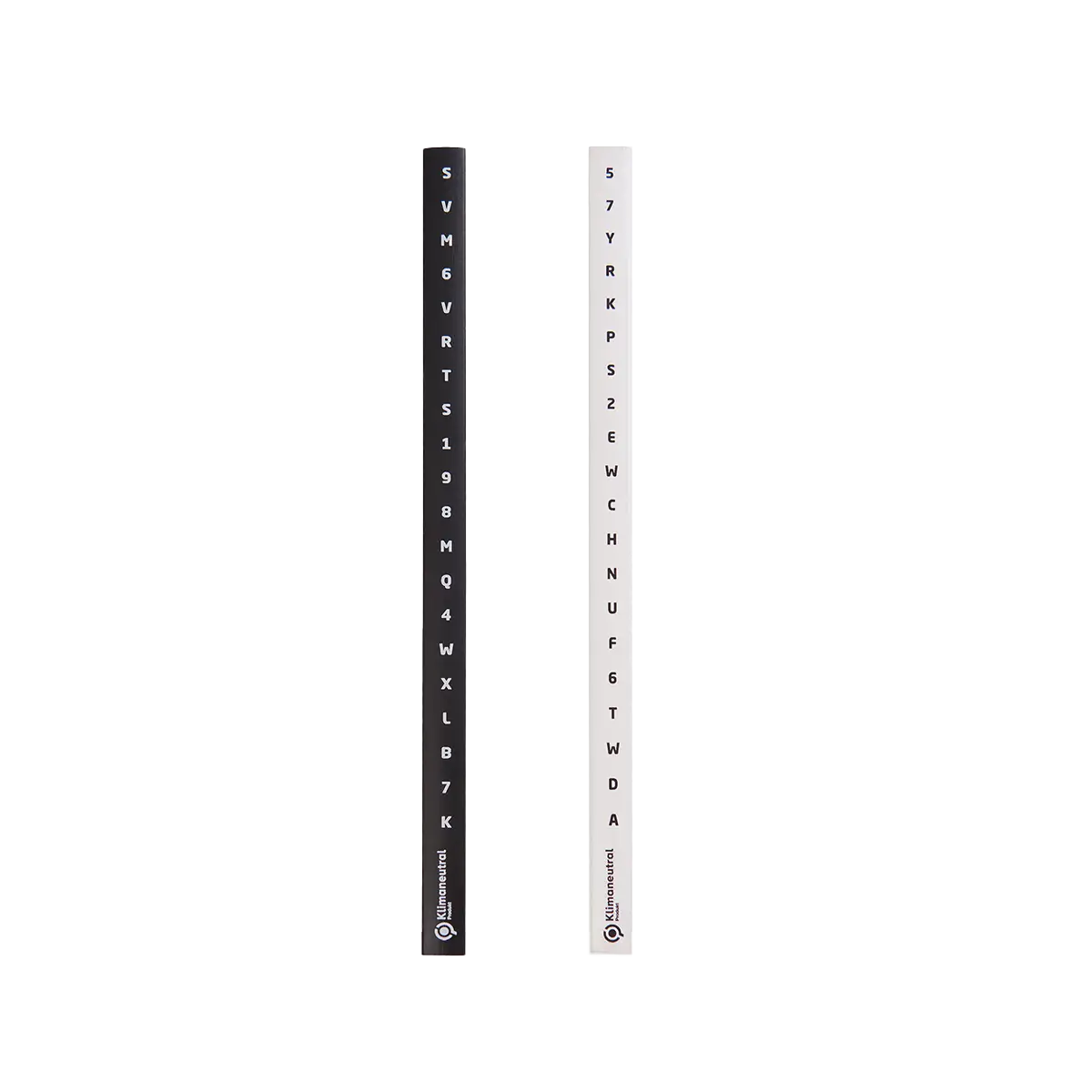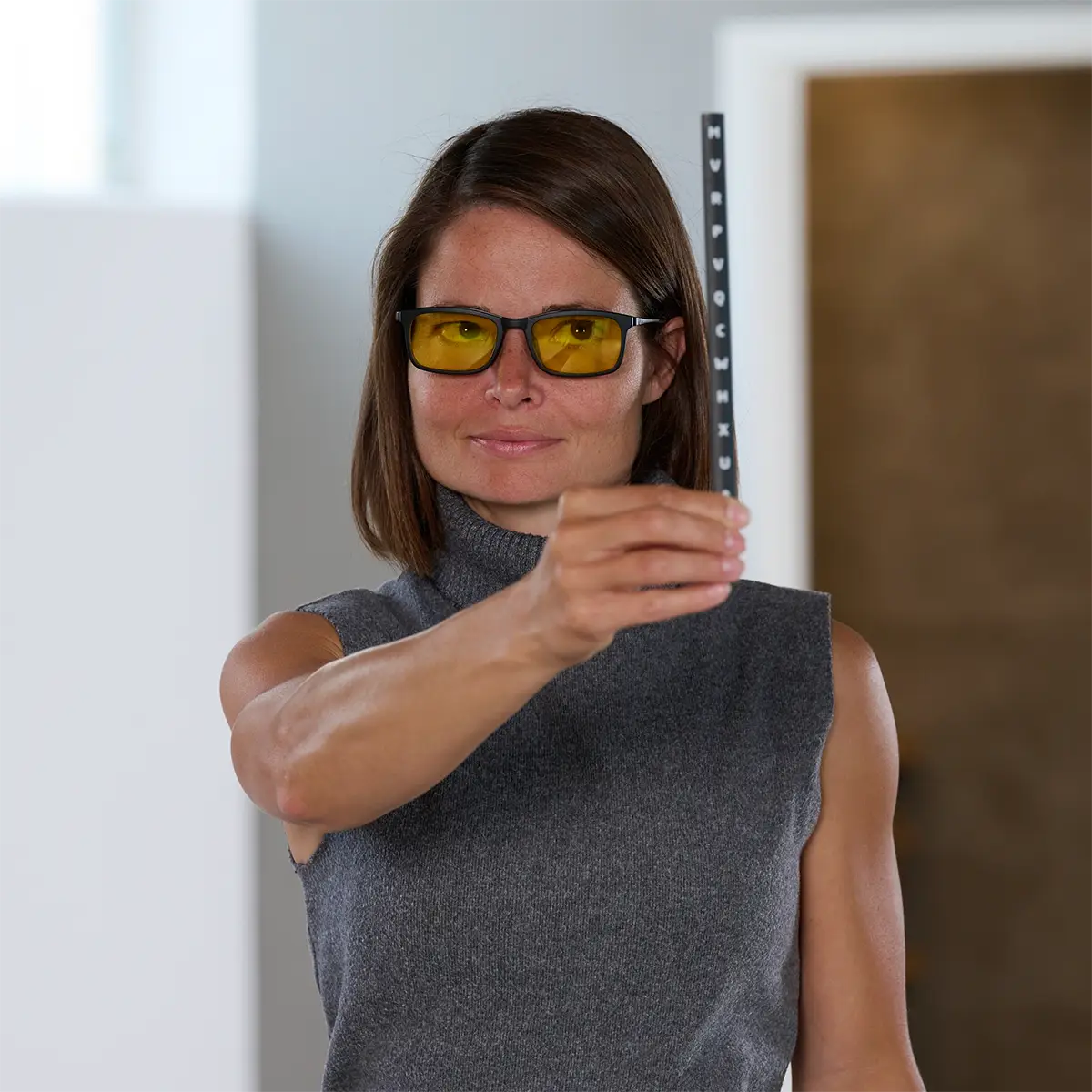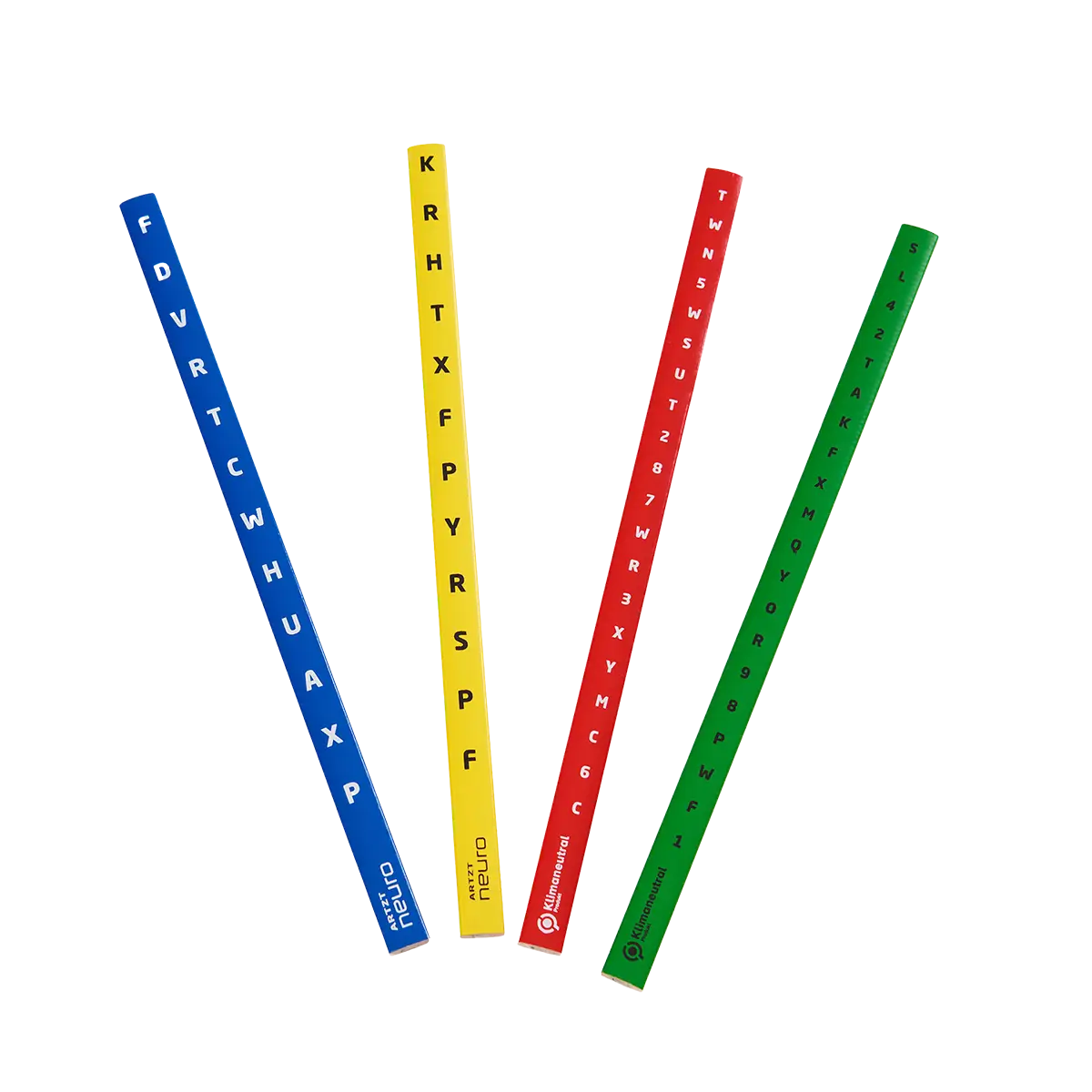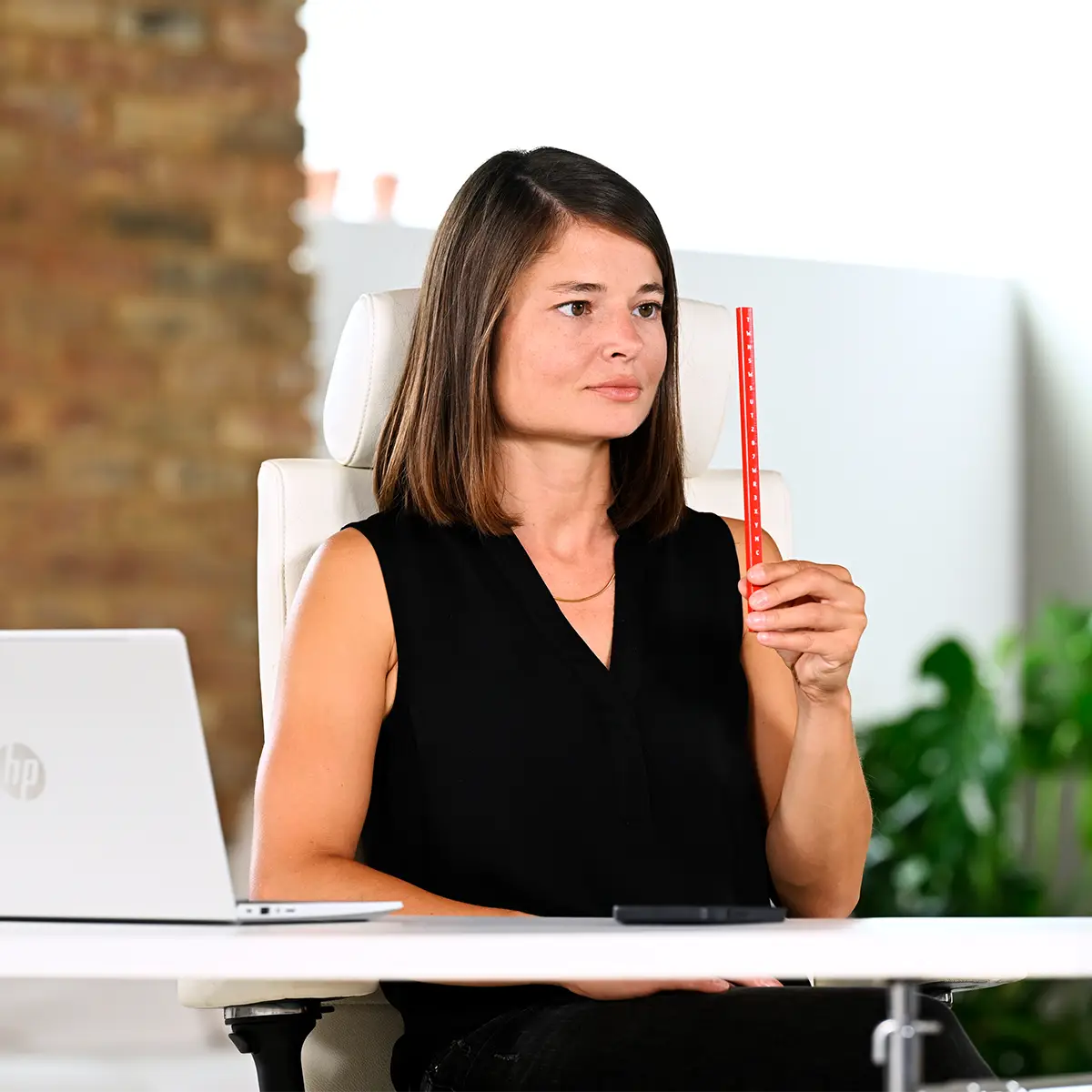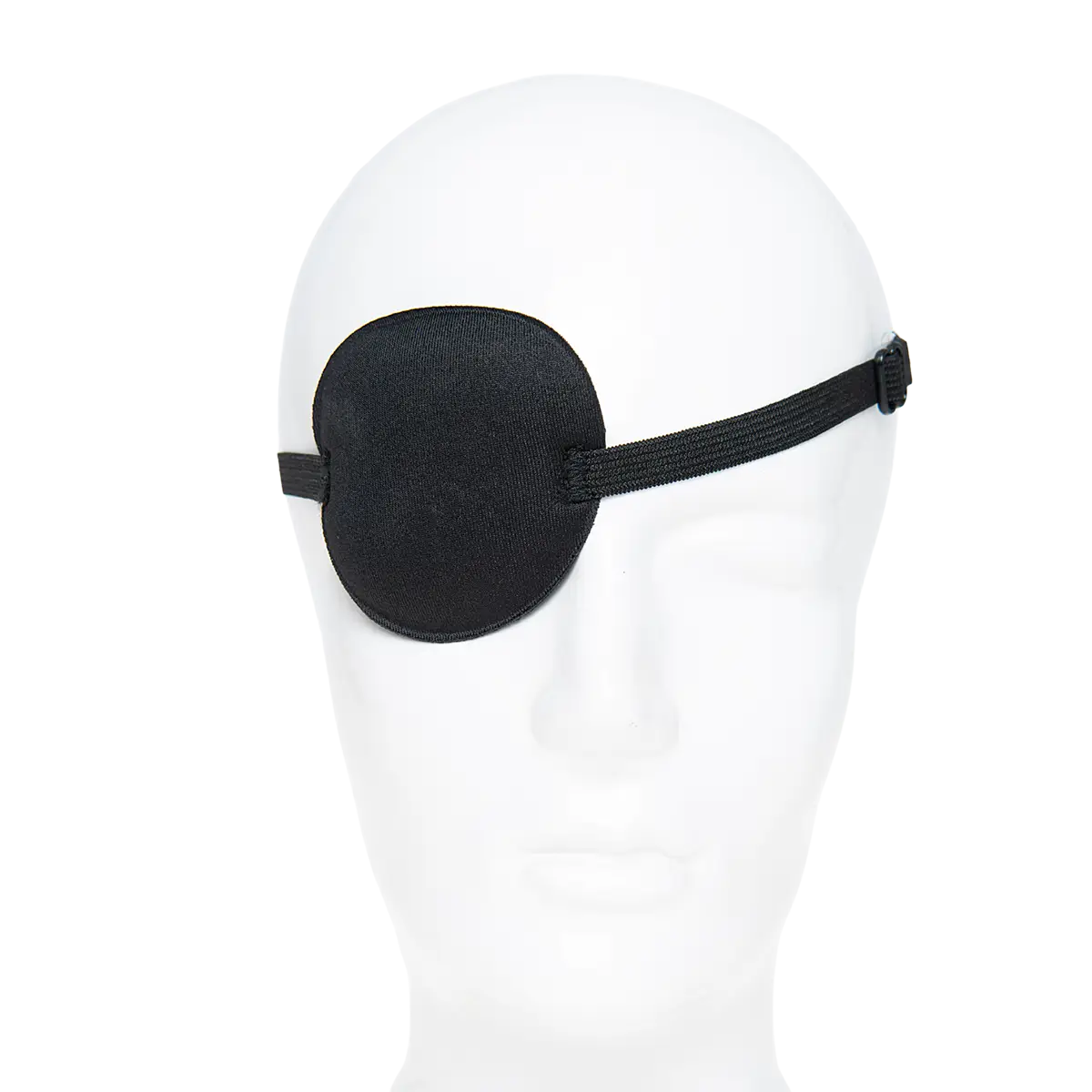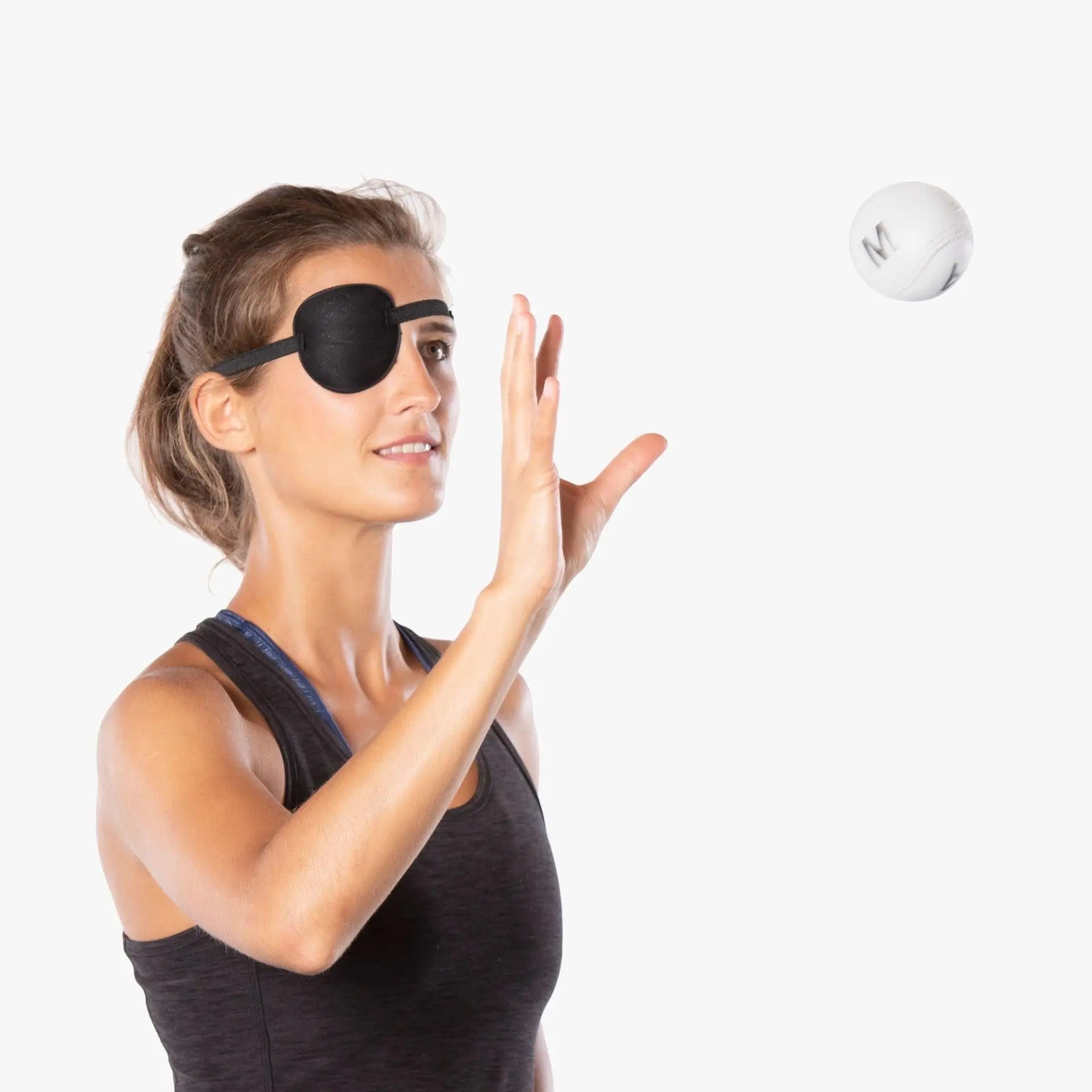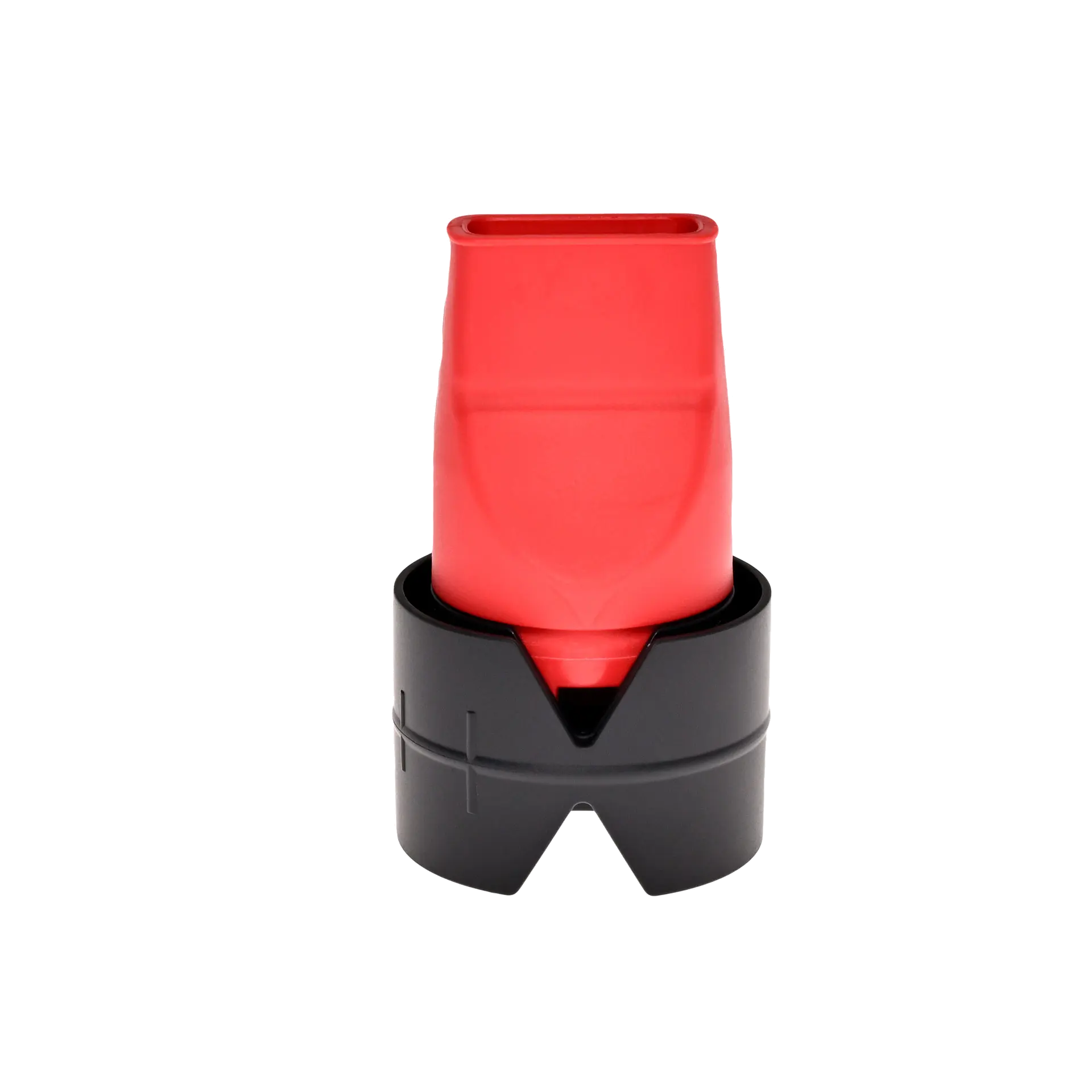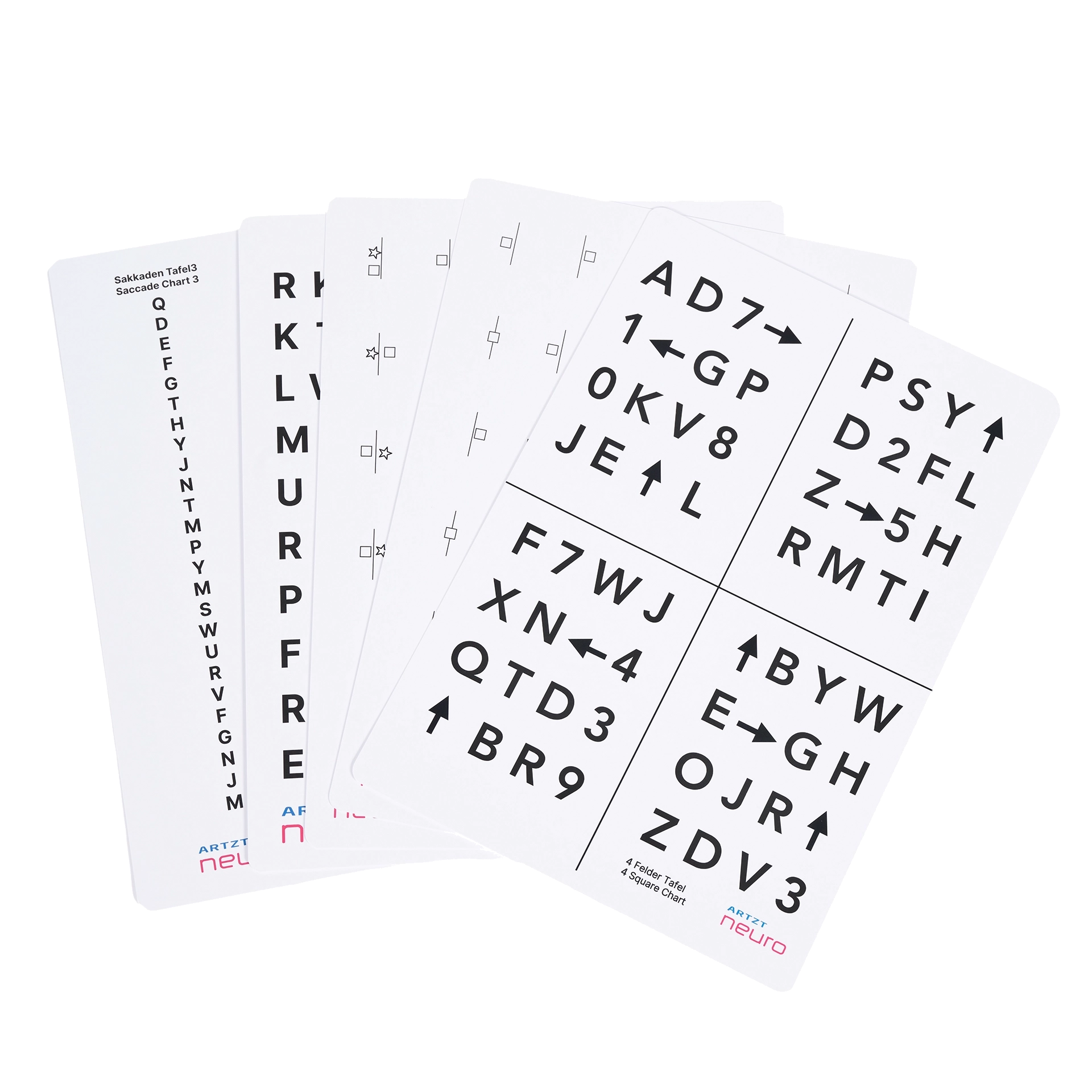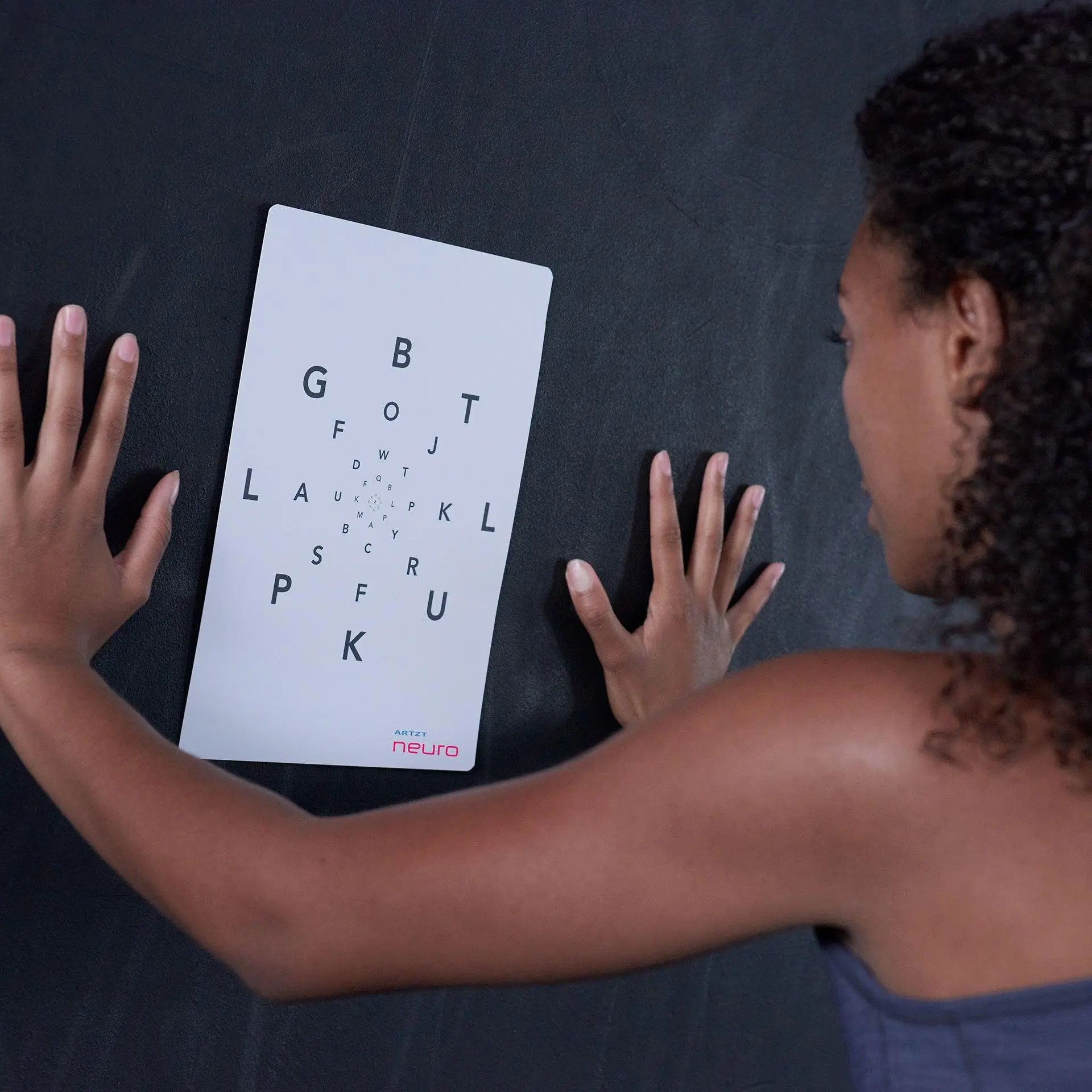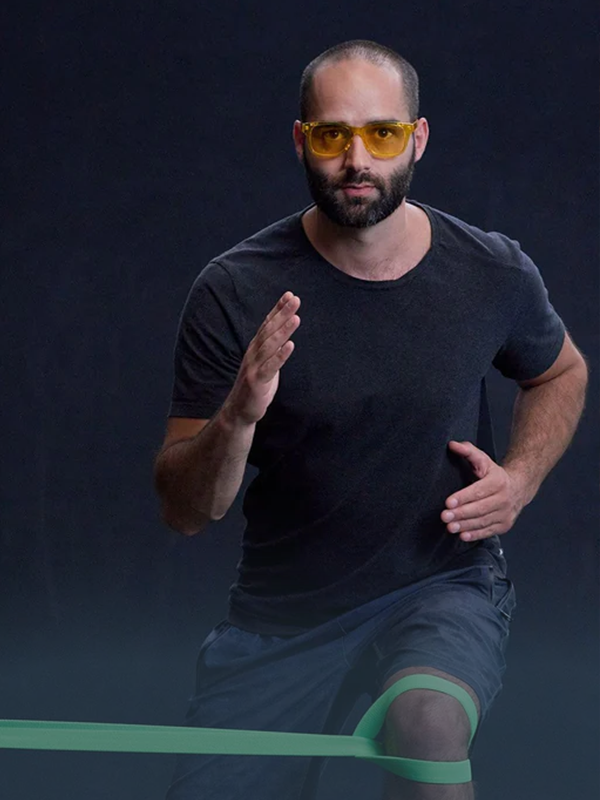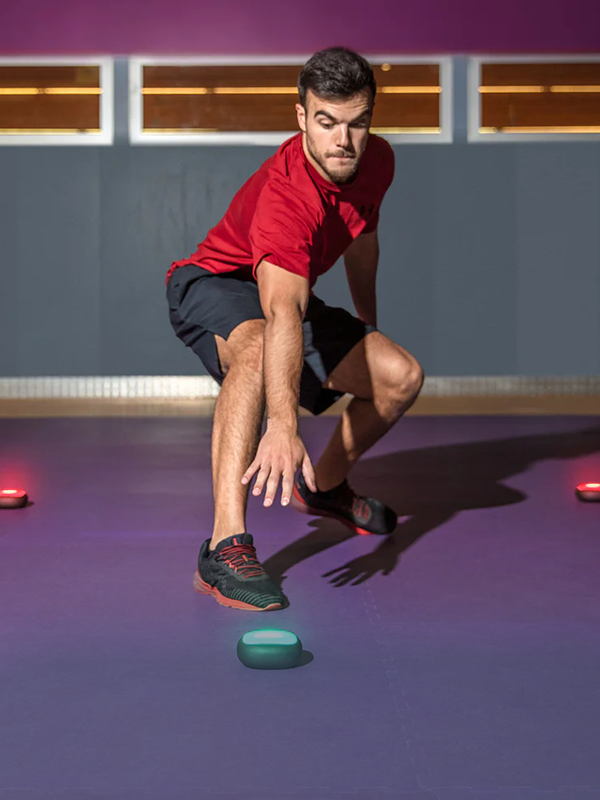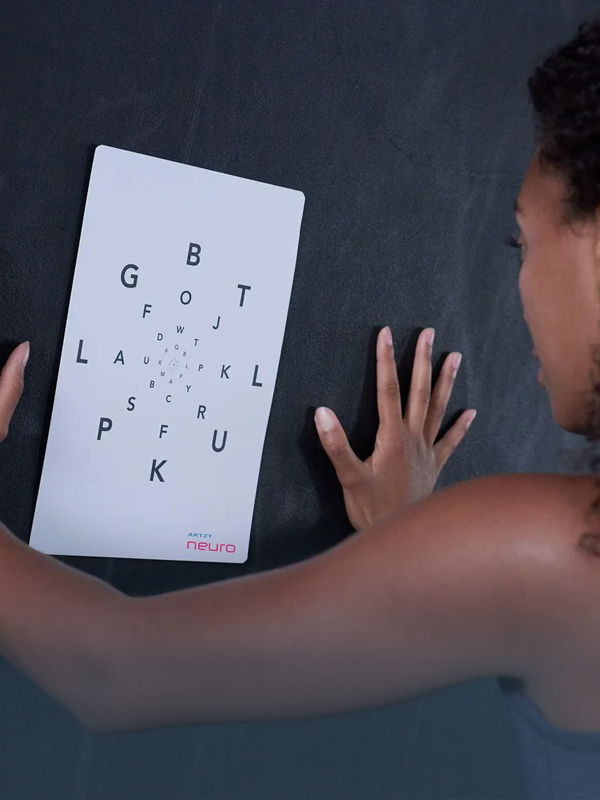Reading time: 7 min.
The many hours we spend in front of screens every day are making it increasingly difficult to concentrate on individual tasks or topics. The flood of images and sounds that bombard us nonstop from smartphones and other devices makes it increasingly difficult to focus our thoughts. This problem doesn't just affect adults – many students also suffer from digital overload. With smart concentration training and targeted concentration exercises, you can overcome concentration lapses. We'll show you 6 simple tips and 9 exercises that can immediately improve your concentration – for adults and children.
Contents
Causes of concentration problems
Instead of productive multitasking, constantly jumping back and forth between different tasks and activities causes us to only work superficially and quickly feel overwhelmed. This makes us feel like we can't complete anything properly. The result: digital overload . A state in which the sheer volume of information literally overwhelms us. Consciously avoiding multitasking creates space for greater concentration and thus works more effectively. But what other strategies and concentration exercises are there to cope with the multitude of stimuli?
Digital resilience through a healthy lifestyle
There are several strategies to protect yourself against the negative influences of the digital world. A healthy lifestyle with regular exercise, sufficient sleep, and a balanced diet lays a solid foundation for improved concentration. It also helps to consciously incorporate digital breaks into your daily routine to relieve stress on your brain and recharge with short health exercises. This lays a solid foundation for improved concentration.
6 tips for more concentration and productivity
Neurotrainer Luise Walther has compiled six tips for you to help you concentrate more easily, increase your productivity, and bring more concentration and focus into your everyday life . Concentration isn't just a mental skill, but the result of many factors such as breathing, movement, perception, and posture. This is precisely where neuroathletics comes in. These tips are suitable for adults, students, and even younger children when working, studying, playing, and performing many different everyday tasks.
1. Breaks as a creativity booster
Breaks for better performance? It may sound strange, but it's been scientifically proven long ago. Since humans have a limited attention span, it's advisable to regularly schedule short rest breaks during work to improve overall concentration.
A useful method for implementing this is the Pomodoro Technique . This involves working concentratedly for 25 minutes, followed by a 5-minute break. These set time limits help you complete tasks more efficiently and prevent you from getting lost in one task or activity for too long. This helps with many concentration issues and prevents concentration problems from occurring in the first place.
2. Small exercises in everyday stress
Sport and exercise are important for reducing stress and restoring the mind. If you're short on time and struggling to find motivation, you can use reaction boards to integrate simple exercises into your daily routine. The boards show you arrows pointing in different directions. This allows you to take an active break according to your individual preferences and, for example, train your eyes, jaw, tongue, arms, or legs. Your imagination is the limit. It's best to hang the boards in a prominent place at your workstation. This will remind you to do the concentration exercises.
Training for head and legs
Stand in front of the board. When the arrow points up, go up on your tiptoes; when the arrow points down, squat; when the arrow points right, raise your right heel; and when the arrow points left, raise your left heel.
Training for eyes and neck
To mobilize your neck, move your head only while keeping your gaze fixed on the center of the VOR board . Make the following head movements: Up right, up middle, up left, right, briefly pause in the middle, left, down right, down middle, down left.
3. More concentration through breathing
The way we breathe significantly influences our mental performance. Deep and conscious breathing allows more oxygen to reach the lungs, which is transported into the bloodstream and ultimately reaches our brain. The increased supply promotes energy production there, thus reducing concentration problems. These breathing exercises can work for children and adults alike. Try these two exercises for more focus:
Ladder breathing
Stand upright with your knees relaxed. Place your hands on your stomach and breathe deeply in and out through your nose. Focus on breathing into your hands and into your abdomen . Now place your hands on your rib cage and breathe deeply in and out through your nose into your hands and into your rib cage. Then place your hands on your chest and breathe deeply in and out through your nose into your hands and into your chest.
Sighing breathing
Breathe in as much as you can through your nose, take two more breaths, and then breathe out as much as you can through your mouth, slowly and evenly.
4. The right color
If you have trouble tearing yourself away from your computer, colored glasses can help you increase your focus. The different colors in the sunlight spectrum are believed to have unique effects on our mental and physical states . Each color is associated with different emotions and moods. For example, green is often associated with nature and serenity, which can have a calming effect and help reduce stress. Yellow, on the other hand, is perceived as energizing, which many people find uplifting and enhancing.

5. Digital Detox
It's important to consciously schedule tech-free time into your daily routine to achieve a digital detox . Avoid constantly checking your emails or social media, and turn off your phone when you don't need it. Freeing yourself from constant digital distractions will help you avoid lapses in concentration and allow you to work more productively – studies have shown this.
6. Using sound to achieve greater focus
Another effective method to improve your focus and concentration is to listen to sounds at specific frequencies that activate the so-called "gamma rhythm" in the brain. These brain waves increase your attention, boost your creativity, and can improve cognitive processing and memory.

But how do you hear these frequencies? Bone conduction headphones help you with this. Instead of transmitting sound through the ear, they transmit vibrations directly to the skull bones and inner ear . This is practical in the office: Since the headphones sit behind your ears rather than on them, you can still hear ambient noises like the phone ringing.
8 Neuroathletic Exercises for Lack of Concentration, Focus and Stress
Is your concentration waning, your focus slipping, and you quickly feel overwhelmed? Then it's time to get your brain moving – literally. With targeted exercises, you can train your ability to concentrate better, reduce stress, and get your brain back into game mode – whether you 're studying, working, or in everyday life . Here are 9 simple neuroathletic exercises that offer an effective method for developing greater concentration and improving your focus step by step:
Breathing relaxation
Place one hand on your navel and the other hand on your sternum. As you inhale, push your hands, along with the skin and tissue, upward. As you exhale, push both hands down evenly. Repeat the exercise once more.
Breathing with Superband
Tie the Super Band around your rib cage. Breathe in and out evenly through your nose against the resistance of the band for at least two minutes. Once your breathing is comfortable, you can continue this exercise for up to 30 minutes.
Breathing with the breathing belt
Attach the breathing belt around your abdomen, just below your ribs, with light resistance. Breathe in and out gently against the resistance of the breathing belt for at least two to five minutes.
Eye focus
Look at a letter on the Vision Stick with both eyes. Fixate on the letter and keep your eyes on the stick. Adjust the distance until you can see the letter clearly. Stop the exercise when your eyes become tired.
Eye spirals
Focus on a letter on the Vision Stick with both eyes and follow the spiral movement of your hand with both eyes. Choose a steady speed that's comfortable for you and keep your eyes on the letter the entire time.
Lunges with arrow board
Stand in front of the board . Follow the direction of the arrows with your lunges: Up arrow means step forward. Down arrow means step backward. Right arrow means step right. Left arrow means step left.
Gaze stabilization with VOR board
Stand in front of the VOR board . With your head still, jump with both eyes in the following directions on the VOR board: up right, up middle, up left, right, stay in the middle, left, down right, down middle, down left.
Shoulder mobilization with arrow board
Stand in front of the board with your arms outstretched. Move your arms in the direction of the arrows: arrow up, both arms up. arrow down, both arms down. arrow right, right arm right. arrow left, left arm left.
Conclusion: More concentration through simple exercises
The challenges of the digital world can severely impair our ability to concentrate. Various factors play a role. With the right strategies and exercises, you can actively counteract concentration problems and concentration weaknesses.
Neuroathletics offers children and adults an innovative and effective way to increase both physical and mental performance and thus achieve all (learning) goals. Integrating simple breaks, active movement exercises, and conscious breathing techniques can work wonders. Harness the power of color and targeted digital detox to regain your mental clarity. Effective neuroathletic exercises can help you restore balance between brain and body.
So, take the plunge and discover your potential with these concentration exercises – you'll be surprised how easy it can be to optimize your concentration and productivity with just a few exercises. Say goodbye to lack of concentration and procrastination!

